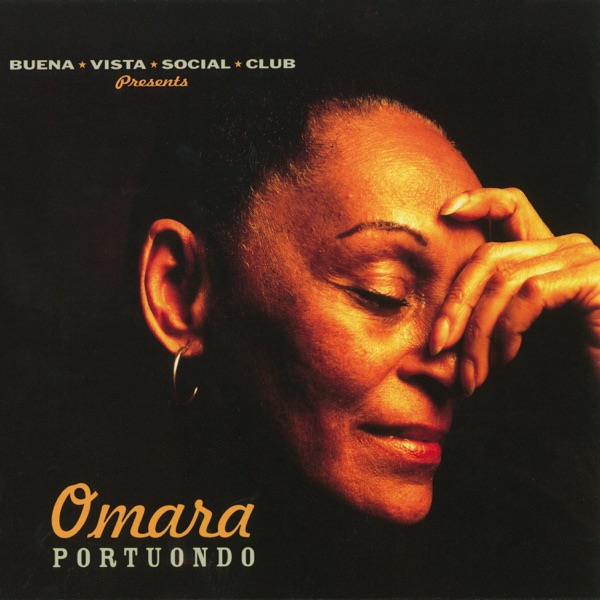Omara Portuondo's album "Buena Vista Social Club Presents Omara Portuondo." is a cornerstone of the Buena Vista Social Club legacy and a landmark recording for Cuban music. Here’s a breakdown of its context, the artist, and its cultural significance.
The Artist: Omara Portuondo, "The Fiancée of Feeling"
Long before the Buena Vista Social Club became a global phenomenon, Omara Portuondo was already a superstar in Cuba.
Early Career: She began her career in the 1940s as a dancer at Havana's legendary Tropicana Club. Her vocal talent, however, quickly became her hallmark.
The "Filin" Movement: Portuondo was a leading figure in the Cuban "filin" (feeling) movement, a style of singing that emphasized a deeply emotional, almost theatrical interpretation of the song's lyrics, heavily influenced by American jazz vocalists.
Pre-Buena Vista Fame: She was a founding member of the highly successful vocal group "Cuarteto D'Aida" and launched a celebrated solo career in the 1960s. Unlike some of her male counterparts in the Buena Vista project who were brought out of retirement, Portuondo had been a consistent and beloved presence in Cuban music for decades.
The Album: A Spotlight on the Diva
Released in 2000, the album was a direct result of the explosive, unexpected success of the original 1997 'Buena Vista Social Club' album and the 1999 documentary film by Wim Wenders. The world was captivated by this group of veteran Cuban musicians, and the time was right to feature the ensemble's sole female star.
The album is a lush collection of classic Cuban forms, primarily the **bolero** and **canción** (song). It features Portuondo's rich, expressive voice backed by a "dream team" of her Buena Vista colleagues, including the masterful pianist **Rubén González**, guitarist and vocalist **Compay Segundo**, and singer **Ibrahim Ferrer**. The result is an intimate, powerful, and deeply nostalgic recording that feels both timeless and historic.
Cultural Relevance at the Time
The album's release was culturally significant for several reasons:
1. Crowning the Queen: In a project largely defined by its charismatic male figures, this album rightfully centered Omara Portuondo. It presented her to the world not just as a member of the group, but as the grand diva of Cuban song that she had always been.
2. Deepening the Narrative: It moved beyond the energetic *son montunos* that drove much of the first album's popularity, allowing a global audience a deeper appreciation for the slower, more romantic, and emotionally intense side of Cuban music.
3. A Bridge to the "Golden Age": Portuondo's voice and style are a direct link to the "golden age" of Cuban music in the 1940s and 50s. The album captured a sound and a feeling from a pre-revolutionary era that the Buena Vista project had made the world fall in love with. It was seen as an authentic, living piece of history.
4. Cementing a Global Career: The album was a critical and commercial success, launching Portuondo on a global touring career that continued for decades and cemented her status as one of the great ambassadors of Cuban culture.
In short, "Buena Vista Social Club Presents Omara Portuondo" is a masterwork that captured a legendary artist at the peak of her international fame, serving as a beautiful, intimate showcase for one of the most important voices in 20th-century Latin music.
